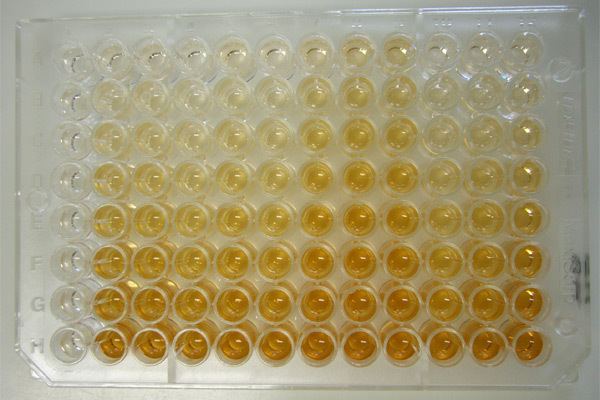 | ||
Palaeoimmunology or paleo-immunology ("paleo"=ancient, "immuno"=referring to immunology) is the analysis using histochemical techniques to look at the matrix proteins in historic and pre-historic materials. Modern immunological assays are used to detect the presence of specific antigens in the sample material. Specimens subject to immunoassays have usually been preserved in a way that has prevented biomolecular targets from degrading. This has either been achieved through natural preservative circumstances, such as accelerated fossilization, or through artificial mummification. Regardless of the path taken to achieve this state, preservation has occurred before the denaturing of antigenic targets.The purpose of applying immunological assays to archaeological materials is to better understand the biochemical makeup and composition of these pre-historic samples. Antigenic elements within these materials may reveal information regarding the "life" and "death" of the sample being studied.
Examples of use
Paleo-immunology encompasses a variety of immunoassays performed on a diverse array of archaeological materials. Paleo-immunology is a new, growing field that is still being properly defined. Examples of paleo-immunology as they appear in peer reviewed literature are as follows:
